Quick Look
Grade Level: 2 (K-2)
Time Required: 45 minutes
Expendable Cost/Group: US $0.00
Group Size: 3
Activity Dependency: None
Subject Areas: Data Analysis and Probability, Earth and Space, Number and Operations, Physical Science, Science and Technology
NGSS Performance Expectations:

| K-2-ETS1-1 |
| K-ESS3-3 |
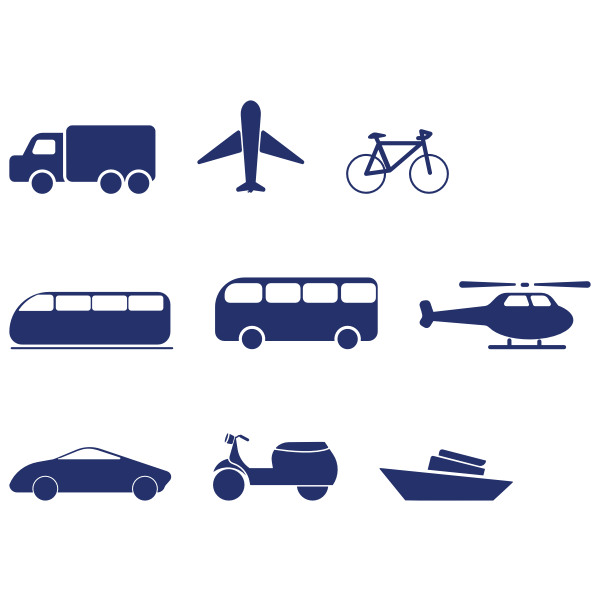
Summary
This activity introduces students to the concepts of climate change and what affects it. Students work together to understand how various forms of transportation have costs and benefits, and which modes of transportation are better for the environment.Engineering Connection
Understanding the negative impact gas-powered cars have on the environment empowers engineers to develop alternative modes of transportation. With the rise of electric vehicles on the market, different engineers that specialize in chemical, mechanical, and electrical engineering (and various other disciplines in engineering) can work together to design and develop car materials that are more sustainable and environmentally conscious.
Learning Objectives
After this activity, students should be able to:
- Describe the greenhouse effect.
- Recall the role carbon dioxide plays in the greenhouse effect.
- Recognize how transportation can affect the greenhouse effect.
Educational Standards
Each TeachEngineering lesson or activity is correlated to one or more K-12 science,
technology, engineering or math (STEM) educational standards.
All 100,000+ K-12 STEM standards covered in TeachEngineering are collected, maintained and packaged by the Achievement Standards Network (ASN),
a project of D2L (www.achievementstandards.org).
In the ASN, standards are hierarchically structured: first by source; e.g., by state; within source by type; e.g., science or mathematics;
within type by subtype, then by grade, etc.
Each TeachEngineering lesson or activity is correlated to one or more K-12 science, technology, engineering or math (STEM) educational standards.
All 100,000+ K-12 STEM standards covered in TeachEngineering are collected, maintained and packaged by the Achievement Standards Network (ASN), a project of D2L (www.achievementstandards.org).
In the ASN, standards are hierarchically structured: first by source; e.g., by state; within source by type; e.g., science or mathematics; within type by subtype, then by grade, etc.
NGSS: Next Generation Science Standards - Science
| NGSS Performance Expectation | ||
|---|---|---|
|
K-2-ETS1-1. Ask questions, make observations, and gather information about a situation people want to change to define a simple problem that can be solved through the development of a new or improved object or tool. (Grades K - 2) Do you agree with this alignment? |
||
| Click to view other curriculum aligned to this Performance Expectation | ||
| This activity focuses on the following Three Dimensional Learning aspects of NGSS: | ||
| Science & Engineering Practices | Disciplinary Core Ideas | Crosscutting Concepts |
| Ask questions based on observations to find more information about the natural and/or designed world(s). Alignment agreement: Define a simple problem that can be solved through the development of a new or improved object or tool.Alignment agreement: | A situation that people want to change or create can be approached as a problem to be solved through engineering. Alignment agreement: Asking questions, making observations, and gathering information are helpful in thinking about problems.Alignment agreement: Before beginning to design a solution, it is important to clearly understand the problem.Alignment agreement: | |
| NGSS Performance Expectation | ||
|---|---|---|
|
K-ESS3-3. Communicate solutions that will reduce the impact of humans on the land, water, air, and/or other living things in the local environment. (Grade K) Do you agree with this alignment? |
||
| Click to view other curriculum aligned to this Performance Expectation | ||
| This activity focuses on the following Three Dimensional Learning aspects of NGSS: | ||
| Science & Engineering Practices | Disciplinary Core Ideas | Crosscutting Concepts |
| Communicate solutions with others in oral and/or written forms using models and/or drawings that provide detail about scientific ideas. Alignment agreement: | Things that people do to live comfortably can affect the world around them. But they can make choices that reduce their impacts on the land, water, air, and other living things. Alignment agreement: Designs can be conveyed through sketches, drawings, or physical models. These representations are useful in communicating ideas for a problem's solutions to other people.Alignment agreement: | Events have causes that generate observable patterns. Alignment agreement: |
Materials List
Each student needs:
- 1 Carl’s Carbon Worksheet
- 1 pencil
For entire class
- computer, laptop, or table with internet access
- projector
Worksheets and Attachments
Visit [www.teachengineering.org/activities/view/cub-2635-carbon-emissions-carl-k-2-activity] to print or download.Pre-Req Knowledge
A basic understanding of the atmosphere, gases, energy, and transportation.
Introduction/Motivation
Transportation is a way of getting from one place to another. What are some examples? [Ask students to volunteer answers in an open discussion. Use Google images to show various images of cars, trains, buses, planes, bikes, etc.] The most basic mode of transportation is walking.
What modes of transportation do you use to get to school? [Students may offer the following or similar answers: buses, walking, cars, carpooling, etc.]
Carbon emissions are the carbon dioxide released into the atmosphere by transportation. Carbon emissions are a result of burning fossil fuels for energy. What modes of transportation emit carbon dioxide? [Students should answer with any vehicle that emits gas—cars, steam-powered trains, airplanes, buses, motorcycles, etc.]
What modes of transportation do not emit carbon dioxide? [Students should answer with walking, biking, skateboarding, rollerblading.]
Why might it be harder to walk to school instead of driving a car? [Students should mention things like the time it takes for each, walking might be more tiring, the weather might be too bad for a walk, etc.]
How can we solve these problems? [Ask students to volunteer solutions for any of the answers they gave to the previous question. They might mention carpooling, using bikes instead of walking, using the bus on days with bad weather, etc.]
Some of the problems and solutions we just mentioned involve trade-offs. What do you think a tradeoff is? [Let students offer their ideas.] A tradeoff is a choice you make that benefits you in one way, but at the same time results in you losing another quality. For example, if you spend your allowance on a video game, you gain the video game, but you “lose” (by spending) your allowance and no longer have that money to buy something else.
Here’s another example: we might choose to drive a car because it is easier for us than to walk, but cars emit carbon dioxide. And carbon dioxide is not good for the environment.
We should think about these trade-offs more to understand why there are so many different modes of transportation and which ones are the best.
Let’s get started to learn which modes of transportation are better for our environment!
Procedure
Background
The kind of transportation we choose can have a big impact on the environment. As engineers work to create more energy-efficient vehicles, students should consider why it may be hard for people to switch over to the current options available to them.
In this activity, students are introduced to the idea of trade-offs and why the choices we make every day can be significant. Students should recognize how many different modes of transportation exist and why we may choose one over the other.
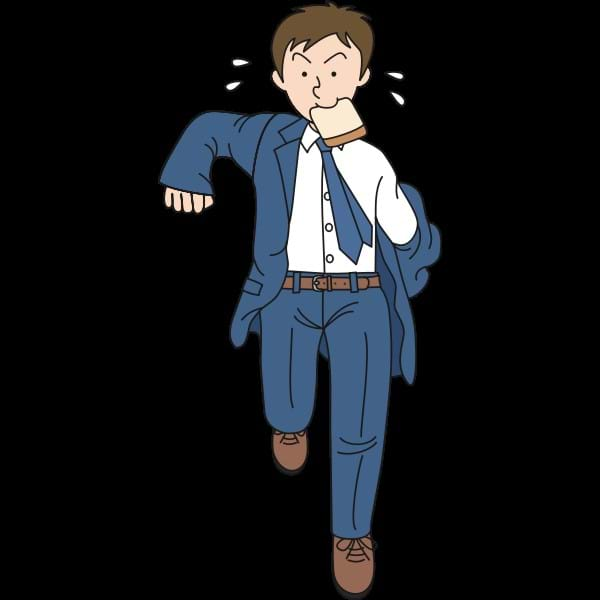
Before the Activity
- Gather materials and make copies of the Carl’s Carbon Worksheet.
With the Students
- Divide the class into pairs or small groups to work together.
- Set the stage for the activity by reading aloud the Introduction / Motivation section.
- As a class, read and discuss the “Problem”, “Constraints (limits)”, and “Transportation Trade-offs” sections in Carl’s Carbon Worksheet.
- Next, in the “Imagine” section of the Carl’s Carbon Worksheet, have students draw or write their thoughts on the best and worst forms of transportation and why.
- Have students share their ideas as a class.
- For the “Design” section of Carl’s Carbon Worksheet, introduce and discuss each day’s transportation challenge.
- As a class, go through Carl’s Trip Tracker table day by day to determine the best solution for Carl to get to work on time with the limits (constraints) he is facing.
- Have a class discussion to determine the key constraint each day that Carl must overcome related to weather, cost, travel time, available money, and any health bonus considerations.
- Get to a consensus as a class on the best way for Carl to get to work each day and circle the best choice that the class agrees on.
- For the “Test” section of Carl’s Carbon Worksheet, calculate Carl’s total carbon cost for the week by adding each day’s carbon cost for the week. Circle Carl’s Carbon Footprint amount based on his travel decisions during the week.
- Reflect on the process students used for making Carl’s transportation decisions based on the constraints he faced each day. Ask students if their thoughts on the best and worst forms of transportation have changed from their initial thoughts in the “Imagine” section.
Conclusion
When you have more people in the car or bus, the amount of pollution per person is less, that's why carpooling or taking the bus reduces your carbon footprint. Walking or using your bike is even better for the environment because there is no exhaust full of carbon dioxide. As the climate crisis grows bigger, engineers are trying to reduce the carbon footprints left by their designs. For example, more and more electric cars are being sold as engineers figure out ways to make them more efficient. Along with the growth in electric vehicles, many engineers are finding solutions to make it easier to switch over, like creating electrically charged roads. Now that you have learned how transportation can affect the greenhouse effect, would you try any of the transportation modes in the activity?
Vocabulary/Definitions
carbon emissions: Carbon emissions are the carbon dioxide released into the atmosphere due to the activities from humans.
carbon footprint: The amount of CO2 released into the atmosphere because of one's own energy needs.
parts per million: Expresses the smallest possible unit.
transportation: The movement of humans, animals, and goods from one place to another.
Assessment
Pre-Activity Assessment
Discussion Questions: Ask the students and discuss as a class:
- What methods of transportation do you use to get to school? Do you ride in a car or on the bus often?
- Do you know if they use fossil fuels?
- What effect do gas cars have on the environment?
- Are there any alternatives?
Activity Embedded (Formative) Assessment
Guided Worksheet: Have students work together in small groups or individually on the Carl’s Carbon Worksheet. Once they are finished, have them volunteer to share their answers with the class.
Post-Activity (Summative) Assessment
Real-Life Application: Have the students create their own table similar to the one provided in the worksheet by using local weather, bus fare and gas rates, average travel times, and more to plan out their commute to school.
Making Sense: Have students reflect on the science concepts they explored and/or the science and engineering skills they used, plus questions or ideas they have by completing a modified Making Sense Assessment.
Investigating Questions
Essential Questions:
- What is the greenhouse effect?
- What is the carbon cycle?
- How does transportation affect the greenhouse effect?
Answer:
The greenhouse effect is the process by which Earth traps heat from the sun, which allows Earth to maintain the perfect temperature for sustaining life. The carbon cycle is important because carbon is an essential part of the Earth’s ability to maintain the greenhouse effect. In recent years, increased transportation has released more carbon dioxide into the atmosphere, increasing the temperature of Earth.
Activity Extensions
Activity Scaling
Subscribe
Get the inside scoop on all things TeachEngineering such as new site features, curriculum updates, video releases, and more by signing up for our newsletter!More Curriculum Like This

This activity introduces students to the concepts of climate change and how cars can contribute to it. Students work together to understand how various forms of transportation have costs and benefits, and which modes of transportation are better for the environment.

Students learn the concepts of climate change and how cars can contribute to climate change. Students learn the basics of the greenhouse effect and the carbon cycle. They also learn how transportation affects our atmosphere. Students work together to understand how various forms of transportation ha...

Students learn about climate change and what affects it. Students learn a basic understanding of the greenhouse effect, the carbon cycle, global warming, and how transportation can contribute to global warming. Students work together to understand how various forms of transportation have costs and b...

Students are introduced to the concept of energy cycles by learning about the carbon cycle. They learn how carbon atoms travel through the geological (ancient) carbon cycle and the biological/physical carbon cycle.
References
Prado, Luis. “Exhaust Gas on the Noun Project.” The Noun Project, The Noun Project, thenounproject.com/term/exhaust-gas/597970/
Copyright
© 2022 by Regents of the University of Colorado BoulderContributors
Niharika Kunapuli; Jennifer TaylorSupporting Program
Pre-College Engineering Education, Integrated Teaching and Learning Program, University of Colorado BoulderAcknowledgements
This curriculum was developed under National Science Foundation grant number 1941524. Any opinions, findings, and conclusions, or recommendations expressed in this material are those of the authors and do not necessarily reflect the views of the National Science Foundation.
This curriculum was developed with support from the AEROKATS and ROVER Education Network (AREN) (Henry/NNX16AB95A). AREN is a NASA Science Mission Directorate Science Activation (SciAct) Program.
Last modified: July 1, 2022





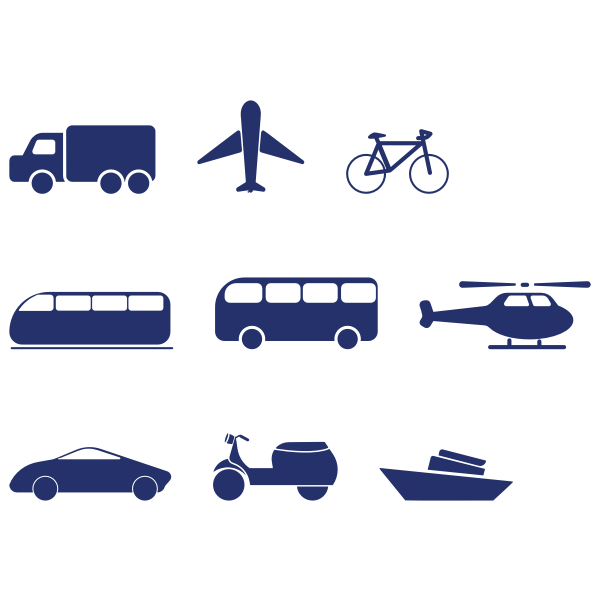
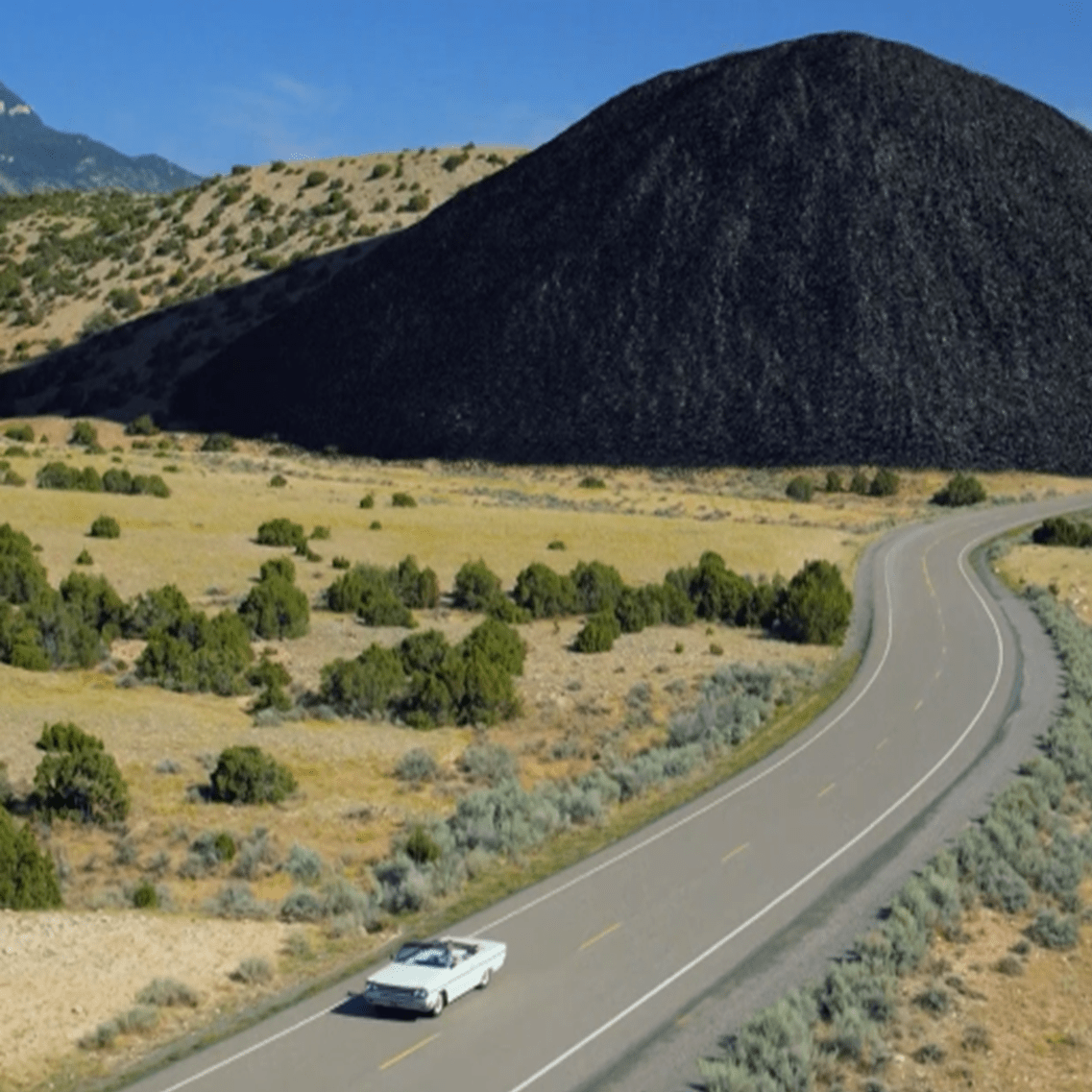
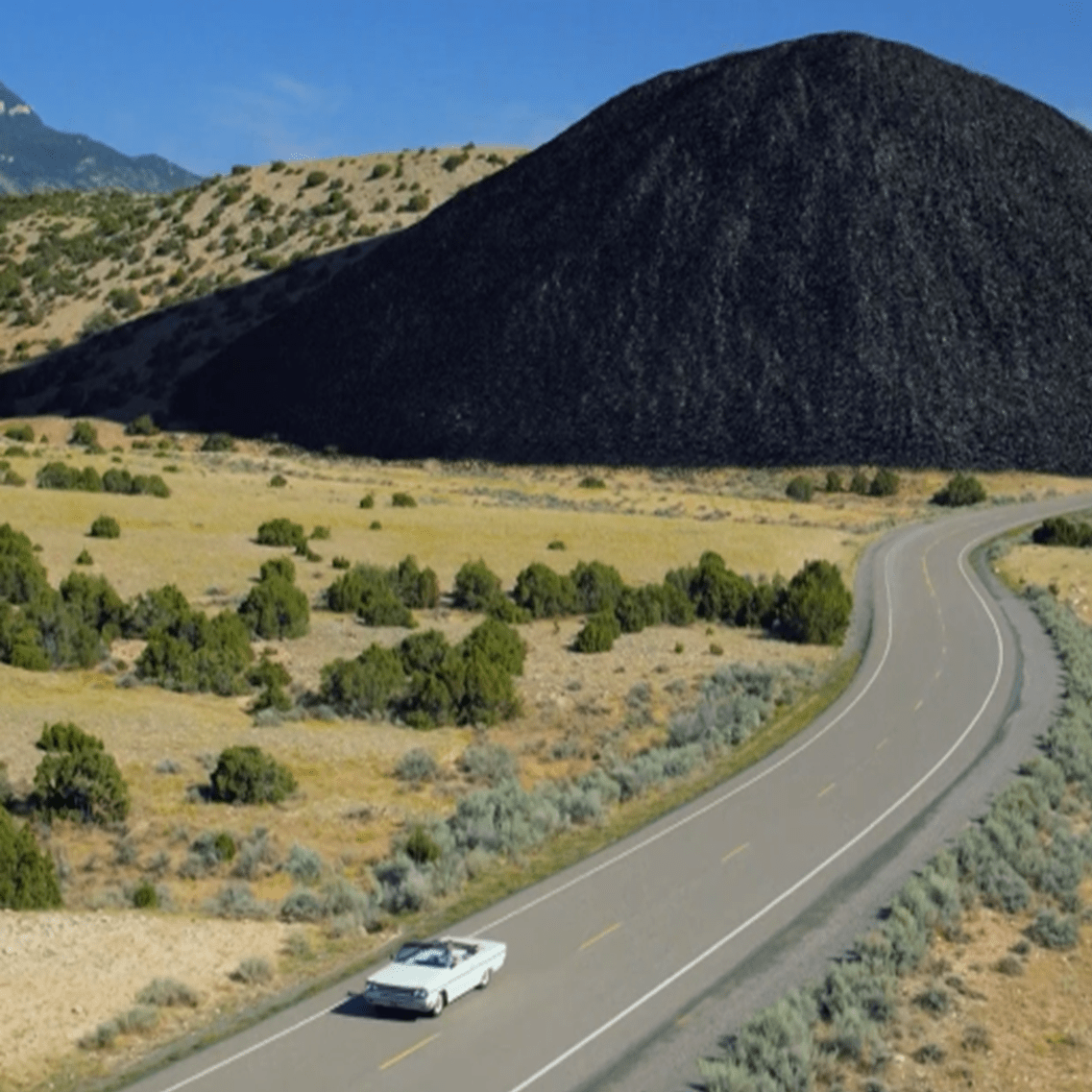

User Comments & Tips